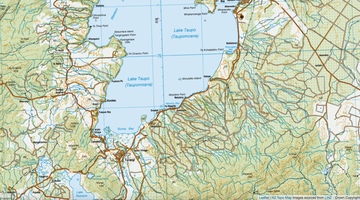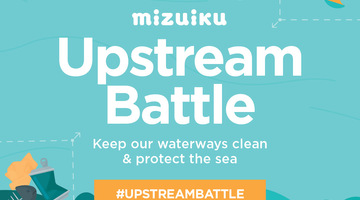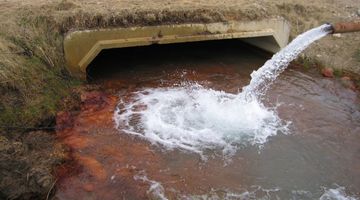

A water catchment is an area of land and the water that collects and moves through it. A catchment is often bordered by hills or mountains. The water enters via precipitation (rain or snow) and ...
READ MORE

Te mana o te wai describes the first right for water being with the water – rivers, lakes and streams as well as the ocean. After human water uses, there must be enough natural flow remaining to ...
READ MORE

Water always runs downhill, from mountains to sea. In the Waikato, individual drops of freshwater begin their journey in the catchment around Lake Taupō and travel through the Waikato River all ...
READ MORE

We all use water, but where we come from influences how we use this resource and taonga. Rights: iimages, 123RF Ltd Everyone uses water Water is a universal need, but many people around the world ...
READ MORE

Did you know that 80% of marine litter globally starts life on land? Mizuiku Upstream Battle is a citizen science programme run by Keep New Zealand Beautiful. It aims to get volunteers across ...
READ MORE

This citizen science project wants your assistance to extract information from various climate scientific graphics to help combat misinformation and support scientific communication. Using this ...
READ MORE

Freshwater is defined as inland water – springs, streams, rivers, lakes and wetlands. It includes water that is stored in glaciers and under the ground within soil and in aquifers. Freshwater is ...
READ MORE

In this online PD session recorded on 5 November 2015, primary school teacher Angela Schipper shares how she adapted resources from across the Science Learning Hub to explore water pollution with ...
READ MORE

Lakes380 – Our lakes’ health: past, present, future is the largest scientific study ever undertaken on lakes in Aotearoa New Zealand. The programme, jointly led by GNS Science and Cawthron ...
READ MORE
ESR scientist Dr Chris Nokes discusses the effect sediment can have on microorganisms in the water. It is possible that microorganisms survive longer in sediment than they do in water, and when ...
READ MORE
ESR scientist Dr Chris Nokes describes why it is important that we manage our water resource so that disease-causing organisms are eliminated from our drinking and recreational water. In New ...
READ MORE
ESR scientist Dr Chris Nokes describes how adding a flocculant coagulant to muddy water causes the mud particles to group together to form larger heavier clumps that can then be filtered or ...
READ MORE

Discover information and hands-on activities about river catchments. Click on the labels for more information. Select here to view the full transcript and copyright information.
READ MORE

Environmental issues are suited to inquiry investigations. This interactive guides you through the process. It uses the Rivers and Us programme as the subject for inquiry, but the process is ...
READ MORE

How do we know whether a stream is healthy or not? Stream monitoring and assessment is important to understanding the impacts of land use on waterways. Click on the labels for more information ...
READ MORE